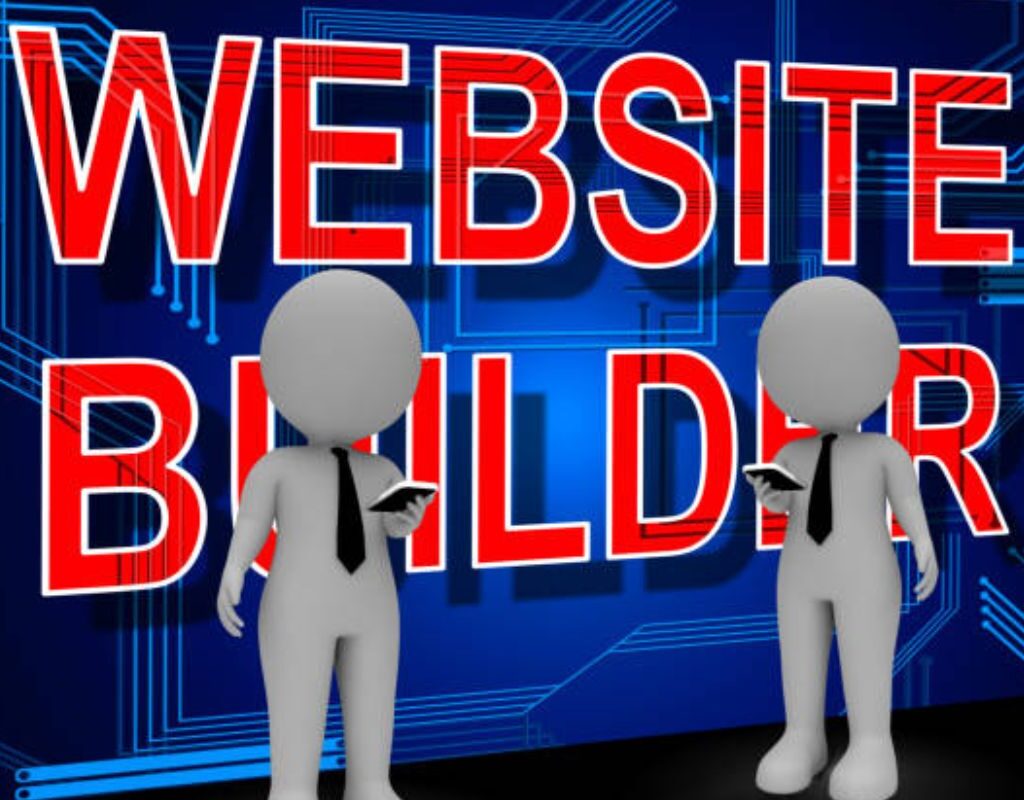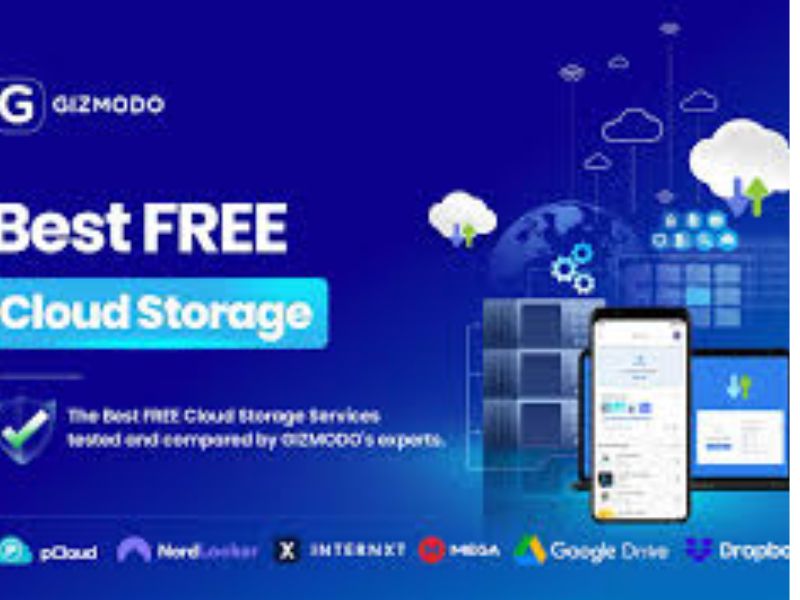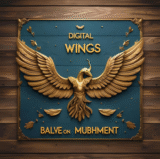Introduction

Imagine launching a website without spending a dime—sounds too good to be true? Until recently, it was. But today, free website builders have evolved into powerful tools that empower entrepreneurs, creatives, and small businesses to establish a professional online presence quickly and cost-effectively. Whether you’re a blogger, an artist, or a budding ecommerce entrepreneur, the right platform can turn your vision into reality without breaking the bank.
After spending weeks testing and analyzing dozens of platforms, I’ve curated a list of the top 7 free website builders for 2025. This guide goes beyond surface-level features to deliver unique insights, practical tips, and actionable advice to help you choose the perfect platform for your needs. Let’s dive in!
Why Use a Free Website Builder?
Free website builders are ideal for:
- Testing business ideas without financial risk.
- Personal projects like portfolios or blogs.
- Budget-conscious users seeking professional tools at zero cost.
- Beginners learning web design before upgrading.
However, free plans often come with limitations like branded domains, ads, and restricted storage. The key is to choose a builder that balances functionality with scalability.
Comparison Table: Top 7 Free Website Builders
Here’s a quick overview of how these platforms stack up:
| Website Builder | Best For | Free Domain | Ads on Free Plan | Key Limitation |
|---|---|---|---|---|
| Wix | AI Tools & Flexibility | No (Wix-branded) | Top banner ad | 500MB storage |
| Square Online | eCommerce | No (Square-branded) | Bottom banner ad | Transaction fees (2.9%) |
| HubSpot CMS | Lead Generation | Custom domain allowed | Small footer ad | 25-page limit |
| Weebly | Beginners | No (Weebly-branded) | Footer ad | Limited customization |
| WordPress.org | Blogging & Control | Self-hosted required | None | Steeper learning curve |
| Webflow | Advanced Design | Webflow.io domain | None | 2-page limit |
| GoDaddy | Quick Setup | No (GoDaddy-branded) | Top banner ad | Limited SEO tools |
1. Wix: Best for AI Tools and Flexibility

Wix dominates the free website builder space with its AI-powered design capabilities and intuitive drag-and-drop editor. During testing, its AI chatbot built a fully functional business website in under 5 minutes .
Pros:
- 900+ professionally designed templates tailored to industries like photography, ecommerce, and blogging .
- AI-powered tools for generating text, images, and entire site sections .
- Robust free features including SEO tools, 500MB storage, and 1GB bandwidth .
Cons:
Verdict: Ideal for users prioritizing design flexibility and AI-driven efficiency. Upgrade to the Light plan ($17/month) to remove ads and add a custom domain .
2. Square Online: Best for eCommerce
Square Online stands out for its seamless POS integrations and zero-cost selling features. It’s perfect for brick-and-mortar businesses expanding online .
Pros:
- Sell unlimited products with inventory syncing across Square POS and Etsy .
- Transaction fees of 2.9% + $0.30, competitive with paid platforms .
- Brick-and-mortar tools like employee logins and tipping options .
Cons:
Verdict: The top choice for sellers. Upgrade to the Plus plan ($29/month) for advanced item settings and reduced fees .
3. HubSpot CMS: Best for Lead Generation
HubSpot’s free CMS integrates marketing, sales, and CRM tools into one platform. Its AI builder generates layouts and copy based on your business description .
Pros:
- Connect a custom domain for free—a rare perk .
- Integrated CRM for managing leads and campaigns.
- Multilingual support and SEO recommendations .
Cons:
Verdict: Perfect for businesses focused on growth marketing. Upgrade to the Starter plan ($25/month) to remove branding .
4. Weebly: Best for Beginners
Weebly’s drag-and-drop editor is exceptionally user-friendly, making it ideal for first-time users. Its free plan includes ecommerce features like unlimited product listings .
Pros:
- Mobile app for on-the-go editing .
- 300+ third-party apps via the Weebly App Center .
- No page limits on the free plan .
Cons:
- Footer ads expand on hover, distracting visitors .
- Limited design flexibility compared to competitors .
Verdict: A solid starting point for beginners. Upgrade to the Personal plan ($9/month) for a custom domain .

5. WordPress.org: Best for Blogging and Control
WordPress.org offers unmatched scalability and ownership—powering over 43% of all websites. Though it requires self-hosting, its free software is ideal for bloggers and developers .
Pros:
- 60,000+ free plugins for added functionality .
- Complete data ownership and customization via CSS/HTML.
- SEO-friendly structure with tools like All in One SEO .
Cons:
- Steeper learning curve than drag-and-drop builders.
- No free hosting—requires a domain and hosting plan .
Verdict: The ultimate long-term solution. Bluehost offers hosting + domain for $1.99/month .
6. Webflow: Best for Advanced Designers
Webflow combines code-level customization with visual design tools. Its free plan is generous for designers seeking creative freedom .
Pros:
- CSS/HTML access for pixel-perfect designs.
- No ads on free or paid plans.
- Advanced animations and interactions .
Cons:
Verdict: Tailored for professionals. Upgrade to the Basic plan ($18/month) for more pages and features .
7. GoDaddy: Best for Quick Setup
GoDaddy’s AI builder creates a basic website in minutes, making it ideal for users needing a simple online presence fast .
Pros:
- AI-powered setup with industry-specific templates.
- Free marketing tools like email campaigns and social scheduling .
- Unlimited storage on free and paid plans .
Cons:
Verdict: Great for getting online quickly. Upgrade to the Basic plan ($9.99/month) for a custom domain .
Key Insights from Testing
- AI Is a Game-Changer: Builders like Wix and GoDaddy use AI to simplify design, but human input remains essential for authentic content .
- eCommerce Is Accessible: Square Online and Weebly prove you can sell products without upfront costs.
- Custom Domains Matter: HubSpot is the only builder offering free custom domains, boosting professionalism .
- Scalability Trumps Everything: WordPress.org and Webflow provide the best foundation for growth.
How to Choose the Right Free Website Builder
Use this checklist to decide:

- For Blogs & Portfolios: WordPress.org or Wix.
- For eCommerce: Square Online or Weebly.
- For Businesses: HubSpot CMS or Wix.
- For Design Freedom: Webflow or WordPress.org.
Always test free plans before upgrading. Most offer paid tiers starting at $5–$30/month for advanced features.
Conclusion: Start Free, Scale Smart
Free website builders have democratized web design, but they’re not one-size-fits-all. Wix is the best all-around option for most users, while Square Online excels for ecommerce. If you value long-term control, WordPress.org is unbeatable.
💡 Your Next Step: Experiment with 2–3 builders to compare interfaces. Most free plans require no credit card, so you can explore risk-free.
Did you find this guide helpful? Share your experiences in the comments below or explore our in-depth reviews of Wix vs. Squarespace and How to Build a Website in 2025.
Sources:
